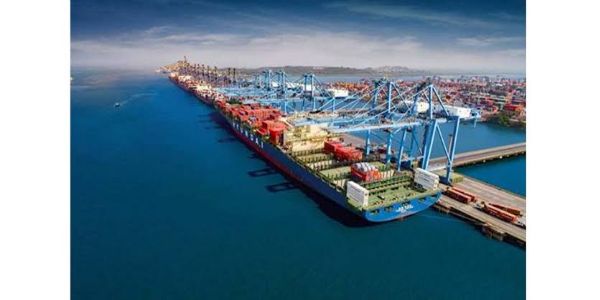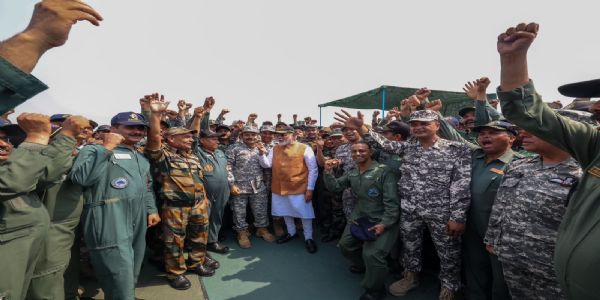
New Delhi, 23 March (HS): The BrahMos missile, developed by joint efforts of Russia's NPO Mashinostroyenia and India's Defense Research and Development Organisation, has become 75 per cent indigenous. The first test of the BrahMos missile took place in 2001 and the first missile was launched in 2004.
At that time the missile was only 13 percent indigenous, but now after 21 years, the indigenous component of the missile has reached 75 percent. But today it is not possible to achieve 100 percent ndigenous capability of the missile, as India is dependent on Russia for some technology in this joint project.
The BrahMos missile project has achieved 75 per cent indigenous capability, Atul Dinkar Rane, Managing Director and CEO of BrahMos Aerospace told at an event organised by Data Patterns (India), a Chennai-based defence and aerospace electronics solutions provider. Highlighting the journey of 21 years, he said that the first test of the BrahMos missile took place in 2001 and the first missile was launched in 2004.
At that time the missile was only 13 percent indigenous, but in the next 21 years, the components of the missile reached 75 percent. Still some technologies are yet to come from Russia, so there is no plan to completely indigenise BrahMos missiles. However, he added that the overall cost of the missile has come down significantly due to 75 per cent indigenous technologies.
In the BrahMos missile, which works on the principle of Agni, DRDO has increased its firepower by making an indigenous booster under the PJ-10 project. BrahMos missile, one of the most dangerous missiles of the 21st century, is 8.4 meters long and 0.6 meters wide. This 3,000 kg missile has the capability of carrying explosives weighing up to 300 kg and hitting targets up to 400 km. This supersonic cruise missile has the capability to travel 2.8 times faster than the speed of sound. India has now covered 800 km. A new version of BrahMos missile has been prepared to hit the target in the range of. Testing of this air-launched version has been started.
The Defense Ministry is finalising the acquisition of over 200 extended-range missiles for the Navy's frontline warships. Soon after consideration of the procurement proposal in the Defense Acquisition Council (DAC), it will be sent to the Cabinet Committee on Security headed by Prime Minister Modi for final approval. The actual cost of the deal will depend on the number and configuration of missiles, but the deal is likely to be above ₹15,000 crore. Presently all three forces are equipped with BrahMos and so far contracts worth more than ₹38,000 crore have been signed.
Hindusthan Samachar / Suneet/Pawan/Indrani Sarkar








